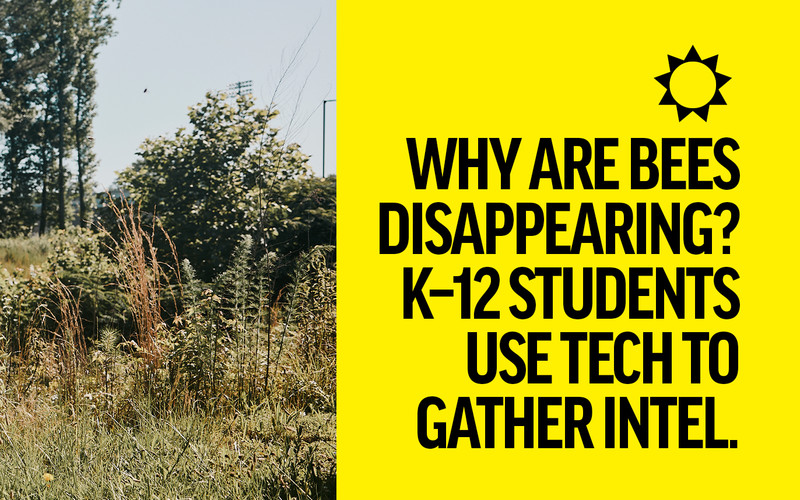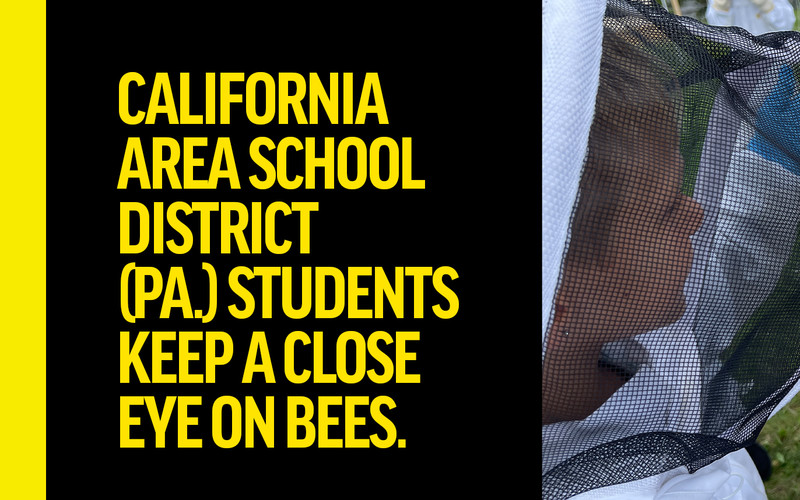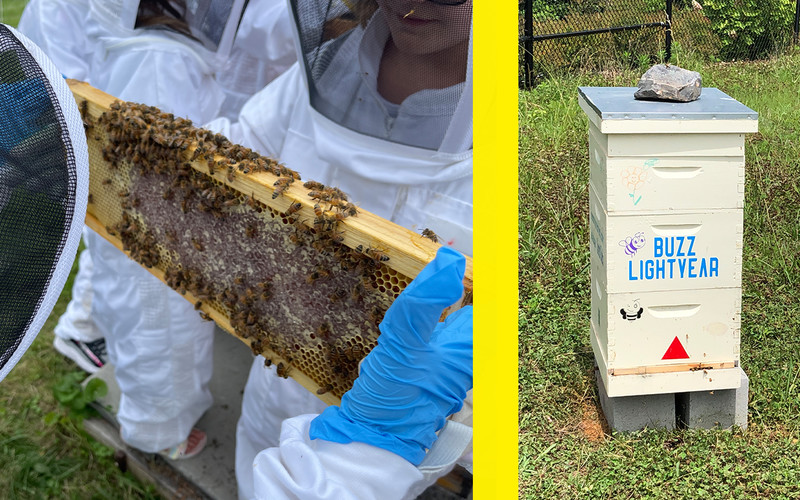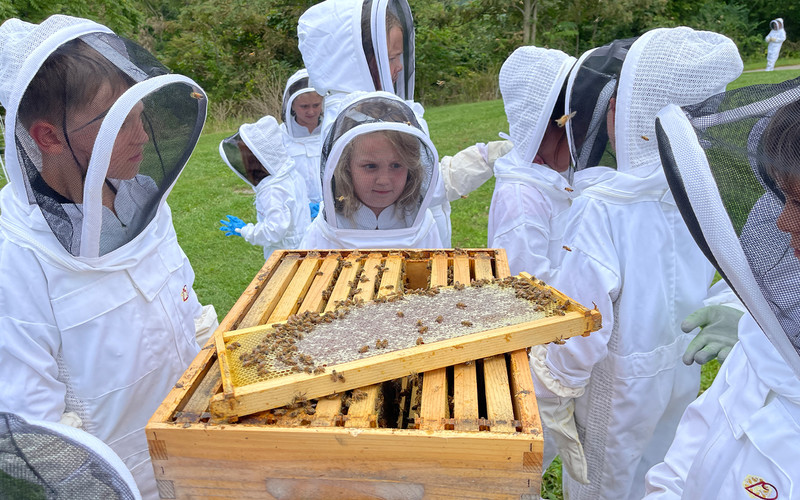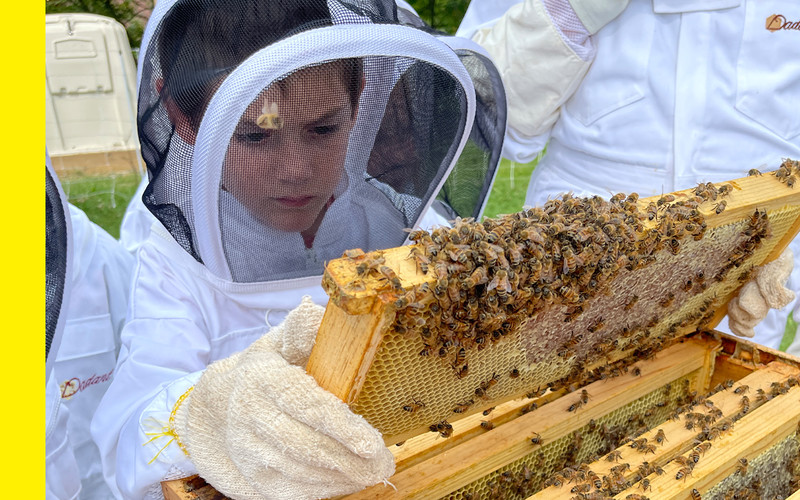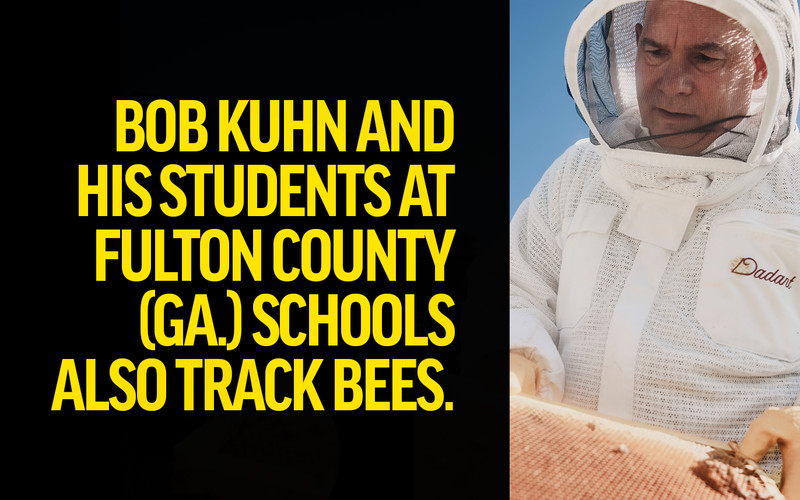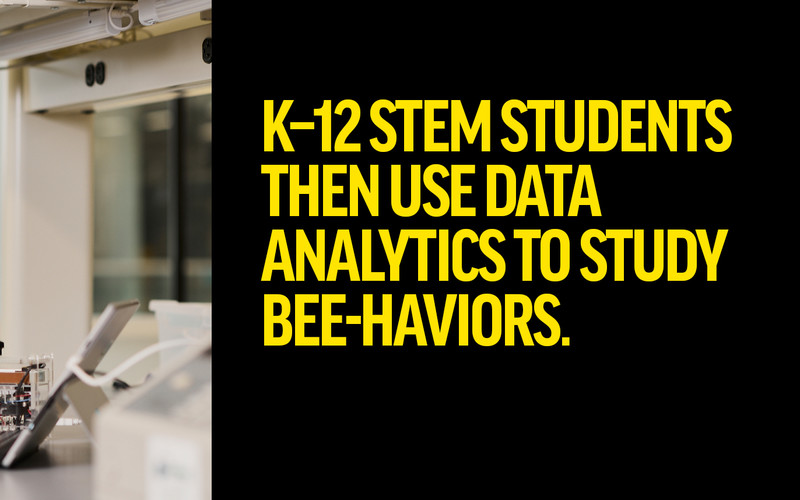Students Embrace a Range of Technologies for Their STEM Projects
For the FCS project, Kuhn takes advantage of readily available radio-frequency identification technology. This is the same technology Amazon uses to keep track of products in its warehouses.
“We are using a miniature RFID tag that you can physically glue to the back of the bee. It’s so small you have to use tweezers to place it,” he says. “We collect bees from the hive, then the students attach the tags with super glue on the back of their bodies and put them back into the hive.”
With the trackers in place, “we can measure how much time they’re spending outside of the hive on trips and how much time they’re spending inside the hive, when they’re not making trips,” he says. “There’s a lot of data that can be collected.”
RELATED: Modern data management platforms track student attainment.
All of that data is uploaded into a Microsoft Excel file, and students are learning to code with Python to make that data available for analysis. That information will paint a picture of bee behaviors — how far they have to go for food, for example — which helps students understand the impact of homebuilding, artificial landscapes and other effects of suburban development.
In Pennsylvania’s California Area School District, Superintendent Laura Jacob has fostered a similar effort. The district has four beehives on campus, managed by an after-school club.
“I grew up on a farm, and I know the critical need for bees in our food ecosystem, so I wanted to teach kids the benefits of bees,” Jacob says. “We go up to the beehives, we take care of the bees, and we also harvest the honey. We make lip balm and candles out of the wax.”
Caring for the bees also supports STEM learning for K–12 students. “I’m a strong proponent of technology in education. I wanted kids to see how they can be involved in agriculture and technology at the same time,” Jacob says.








